Chanakya ( IAST: Cāṇakya, pronunciation; 375–283 BCE) was an ancient Indian polymath who was active as a teacher, author, strategist, philosopher, economist, jurist, and royal advisor. He is traditionally identified as Kauṭilya or Vishnugupta, who authored the ancient Indian political treatise, the Arthashastra, a text dated to roughly between the fourth century BCE and the third century CE. As such, he is considered the pioneer of the field of political science and economics in India, and his work is thought of as an important precursor to classical economics. His works were lost near the end of the Gupta Empire in the sixth century CE and not rediscovered until the early 20th century. Around 321 BCE, Chanakya assisted the first Mauryan emperor Chandragupta in his rise to power and is widely credited for having played an important role in the establishment of the Maurya Empire. Chanakya served as the chief advisor to both emperors Chandragupta and his son Bindusara.
Background
Sources of information
There is little documented historical information about Chanakya: most of what is known about him comes from semi-legendary accounts. Thomas Trautmann identifies four distinct accounts of the ancient Chanakya-Chandragupta katha (legend):
Version of the legend Example texts
Buddhist version Mahavamsa and its commentary Vamsatthappakasini (Pali language)
Jain version Parishishtaparvan by Hemachandra
Kashmiri version Kathasaritsagara by Somadeva, Brihat-Katha-Manjari by Ksemendra
Vishakhadatta’s version Mudrarakshasa, a Sanskrit play by Vishakhadatta
In all the four versions, Chanakya feels insulted by the Nanda king, and vows to destroy him. After dethroning the Nanda, he installs Chandragupta as the new king.
Buddhist version
The legend of Chanakya and Chandragupta is detailed in the Pali-language Buddhist chronicles of Sri Lanka. It is not mentioned in Dipavamsa, the oldest of these chronicles. The earliest Buddhist source to mention the legend is Mahavamsa, which is generally dated between fifth and sixth centuries CE. Vamsatthappakasini (also known as Mahvamsa Tika), a commentary on Mahavamsa, provides some more details about the legend. Its author is unknown, and it is dated variously from sixth century CE to 13th century CE. Some other texts provide additional details about the legend; for example, the Maha-Bodhi-Vamsa and the Atthakatha give the names of the nine Nanda kings said to have preceded Chandragupta.
Jain version
The Chandragupta-Chanakya legend is mentioned in several commentaries of the Shvetambara canon. The most well-known version of the Jain legend is contained in the Sthaviravali-Charita or Parishishta-Parvan, written by the 12th-century writer Hemachandra. Hemachandra’s account is based on the Prakrit kathanaka literature (legends and anecdotes) composed between the late first century CE and mid-8th century CE. These legends are contained in the commentaries (churnis and tikas) on canonical texts such as Uttaradhyayana and Avashyaka Niryukti.
Thomas Trautmann believes that the Jain version is older and more consistent than the Buddhist version of the legend.
Kashmiri version
Brihatkatha-Manjari by Kshemendra and Kathasaritsagara by Somadeva are two 11th-century Kashmiri Sanskrit collections of legends. Both are based on a now-lost Prakrit-language Brihatkatha-Sarit-Sagara, which was based on the now-lost Paishachi-language Brihatkatha by Gunadhya. The Chanakya-Chandragupta legend in these collections features another character, named Shakatala (IAST: Śakaṭāla).
Mudrarakshasa version
Mudrarakshasa (“The signet ring of Rakshasa”) is a Sanskrit play by Vishakhadatta. Its date is uncertain, but it mentions the Huna, who invaded northern India during the Gupta period. Therefore, it could not have been composed before the Gupta era. It is dated variously from the late fourth century to the eighth century. The Mudrarakshasa legend contains narratives not found in other versions of the Chanakya-Chandragupta legend. Because of this difference, Trautmann suggests that most of it is fictional or legendary, without any historical basis.
Identification with Kauṭilya or Vishnugupta
See also: Arthashastra § Authorship
The ancient Arthashastra has been traditionally attributed to Chanakya by a number of scholars. The Arthashastra identifies its author as Kauṭilya, a gotra or clan name, except for one verse that refers to him by the personal name of Vishnugupta. Kauṭilya is presumably the name of the author’s gotra (clan). One of the earliest Sanskrit literatures to identify Chanakya with Vishnugupta explicitly was the Panchatantra.
K. C. Ojha proposes that the traditional identification of Vishnugupta with Kauṭilya was caused by a confusion of the text’s editor and its originator. He suggests that Vishnugupta was a redactor of the original work of Kauṭilya. Thomas Burrow suggests that Chanakya and Kauṭilya may have been two different people.

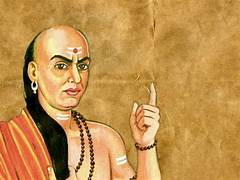
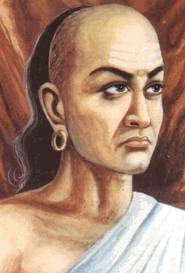


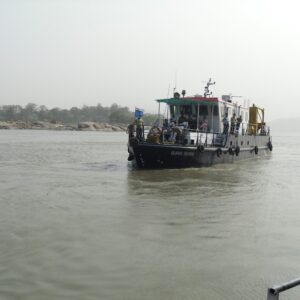

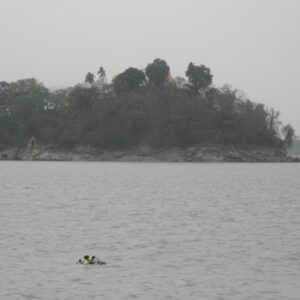



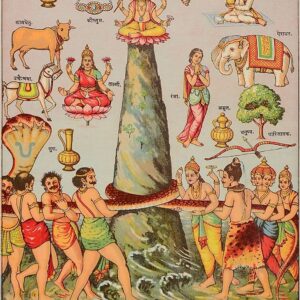

Reviews
There are no reviews yet